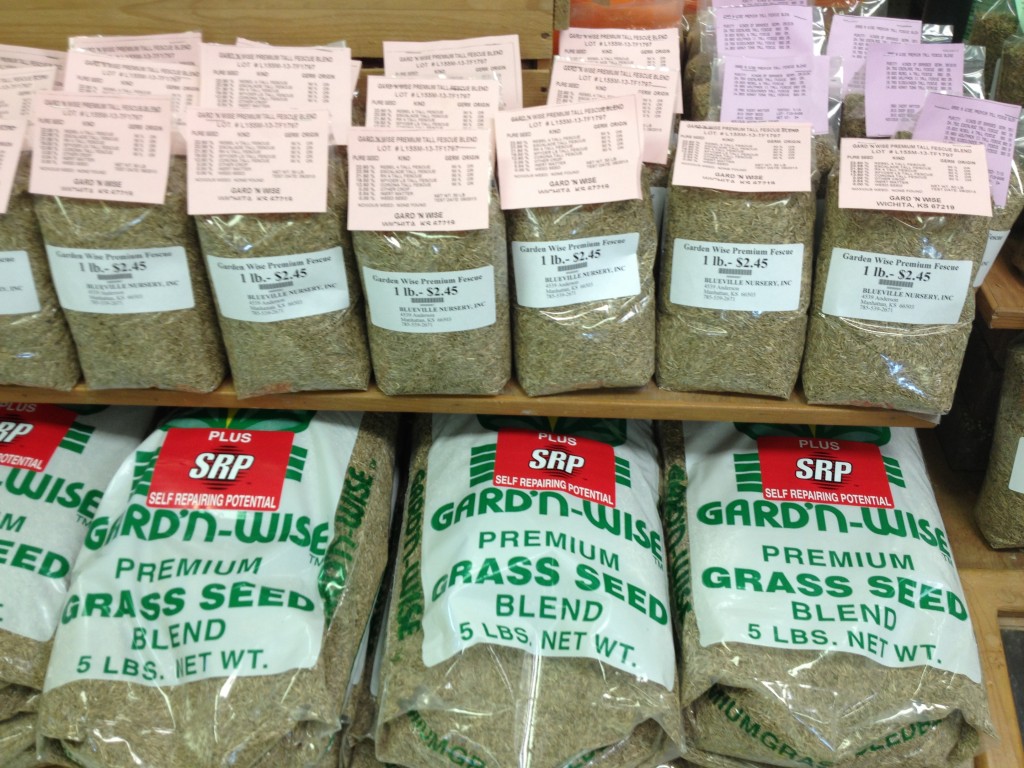(By Jared Hoyle; KSU Turfgrass Research and Extension)
Orchardgrass is a cool-season coarse textured, upright, bunch-type perennial grass. This grass is frequently used as a forage grass but may be a contaminant in low quality seed mixtures. The leaves are smooth, wide ¼ to ½ inch and taper to a boat-shaped tip. It is easily identified by its tall membranous ligule. The leaf color is light gray, dull-green and it does not form a dense turf canopy even when well watered and fertilized. It is not compatible with any fine leaf textured turfgrasses like Kentucky bluegrass, perennial ryegrass or turf-type tall fescue.
This grass usually invades lawns by planting contaminated seed lots or in newly established lawns that were once pastures. It grows well in full sun or partial shade but will not tolerate heavy traffic or close mowing heights. What makes this grass so objectionable aside from its color is its rapid vertical growth rate which requires more frequent mowing in order to keep a uniform turf surface. Additionally, the leaf tips have a tendency to shred rather than mow cleanly, even with sharp mower blades.
Now controlling orchardgrass is a different story. Just because we can identify it doesn’t always mean it is easy to control. Unfortunately, there no selective control options that we can use in cool-season turfgrass systems. Many different chemistries (mesotrione, chlorosulfuron, metsulfuron, and more) have been tested but didn’t provide satisfactory control.
So with that being said the options out there right now are physical removal, blah… Or non-selective herbicides like glyphosate. Remember that glyphosate will kill everything and not just your orchardgrass.
Always remember to READ THE LABEL for the correct rate, turfgrass tolerance, and specific instructions before application!!!
***Mention of trade names or commercial products in this article is solely for identification purposes and does not imply recommendation or endorsement, nor is criticism implied of similar products not mentioned by Kansas State University.***
Don’t forget to follow me on twitter @KSUTurf.
Also, visit our facebook page www.facebook.com/KSUTurf
Information in this article was from the 2019 Edition of the Turfgrass Weed control for Professionals and the Lawn Problem Solver Website.


